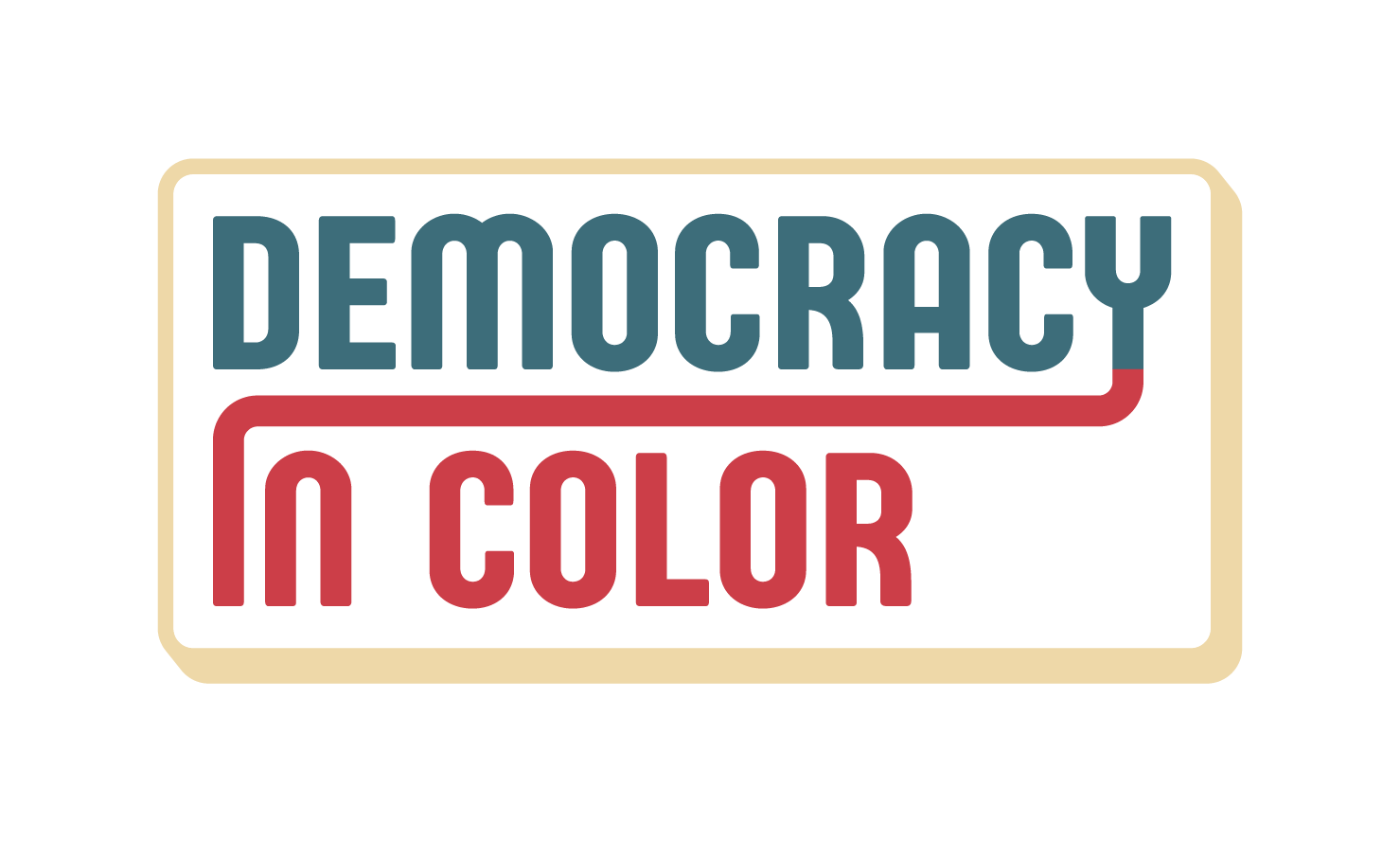Razor-Thin Margin in Northern Phoenix’s AZ-1
By Dr. Julie Martinez Ortega
This week we take a look at the race in Arizona’s 1st congressional district where incumbent Republican David Schweikert will defend his seat against the Democratic nominee in November. The AZ primary will be held on July 30.
District overview
AZ-1 consists of some of the wealthiest parts of the Phoenix metro region, and is situated just north of the city’s center. It is primarily rural, but it contains a few small cities (including Scottsdale and Paradise Valley) with thriving commercial areas. The median household income is relatively high at $91,562, which is second only to the AZ-5 statewide. The share of adults in the AZ-1 with a bachelor’s degree or higher (52.6%) far exceeds that of any other district in Arizona.
A Republican incumbent faces shifts among white voters
Schweikert first won election to Congress in 2010 after a tough primary but decisively prevailed over the Dem nominee. However, his margins of victory have trended against him over time due to changes in the district’s demographics. Two rounds of redistricting resulted in fewer conservative voters in his district after both the 2010 and 2020 Census counts. In addition, while the district is still overwhelmingly white (70%), the share of college-educated whites has risen considerably over the past two decades. AZ-1 contains wealthy heavily suburban areas with large concentrations of the college-educated white voters who have trended away from the GOP nationally as well as within the state. Moreover, in 2020, the Republican stronghold of Prescott was moved into AZ-4, depriving Schweikert of a key segment of his base voters.
Despite these redistricting and demographic changes, Schweikert has remained a formidable candidate, even against strong Dem nominees. The DCCC and House Majority PAC played hard in AZ-1 in 2020, spending on ads attacking Schweikert’s congressional ethics code violations, highlighting the $50,000 fine he paid after admitting to over 10 House ethics violations. However, the DCCC does not currently include AZ-1 on its Red to Blue fundraising priority list, so 2024 might not present such a strong challenge to Schweikert/Republicans.
The six challengers: AZ primary – July 30
On July 30, Arizonans will choose the Democratic nominee for the AZ-1 seat. Earlier this month, six candidates squared off on a debate stage. The event was hosted by Clean Elections, Arizona’s nonpartisan voter education agency. Candidates included:
Andrei Cherny, past chair of the AZ Dem Party
Marlene Galán-Woods, a former Republican who supported former AZ governor and ultra conservative, Jan Brewer
Dr. Andrew Horne, an orthodontist whose daughter experienced a school shooting
Kurt Kroemer, a businessman
Conor O’Callaghan, an Irish-born immigrant
Dr. Amish Shah, a physician
O’Callaghan reported the highest fundraising numbers of all six contenders and he had the most cash on hand. (All numbers are based on FEC reports as of March 31, 2024.)
MARCH 31, 2024 FEC REPORTS AZ-1
Early internal polling in February by the O’Callaghan campaign and conducted by SurveyUSA shows “D race wide open” according to election watcher Garrett Archer. Important findings were:
Likely voters prefer a generic Dem to Schweikert by a 3-point margin, 39% to 36%.
19% of likely voters said they were undecided and 6% said they’d vote for a candidate from a third party.
Schweikert won in 2022 with just 50.4%
In 2022, Schweikert eked out a narrow victory over Jevin Hodge with 50.4% of the vote. Hodge was a young, charismatic candidate who ran a strong race with the help of national Democratic donors. With overall decent voter turnout (361,477 votes cast), Schweikert won 3,195 more votes than Hodge.
Latino vote key
While overall turnout was not noteworthy, the differences in turnout rates by race among registered voters warrants a closer look. The turnout rate among white voters was 68%. The turnout rate among the next largest group, Latinos, was markedly lower, with only 44% of Latino registered voters casting ballots. The 46,696 Latino registered voters in the district comprise 8% of all registered voters in AZ-1, which is not a large share. But there are more than enough registered Latino to create a different outcome this November given the razor-thin margin in 2022 of just 3,195 votes. Had Latinos turned out at a rate of 51% instead of 44%, they would have generated enough votes to enable Hodge to tie with Schweikert.
Clearly, the 2024 Dem nominee must invest in smart GOTV programs targeting Latino voters in AZ-1.

